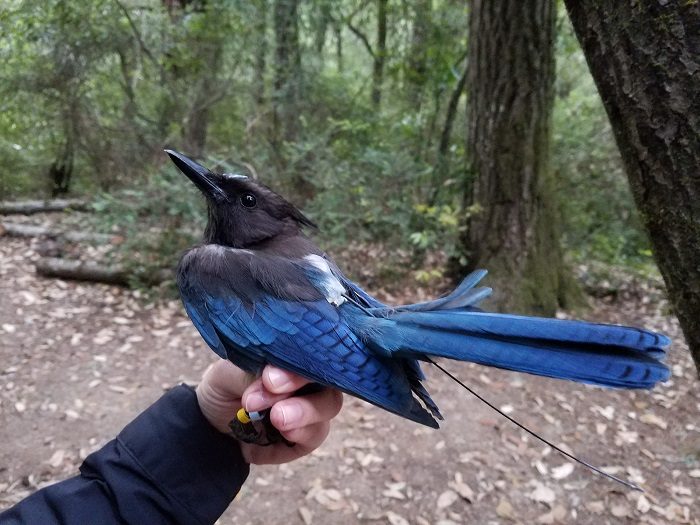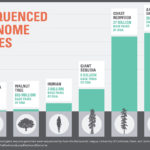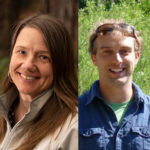Contacts:
Robin Carr, Landis Communications
Phone: (415) 766-0927 | Email: [email protected]
Download the full press release
Annual grants support research that focuses on impacts of wildfire, wildlife and a rare plant in redwood forest ecosystems
Since 1997, the League has awarded more than $4 million to fund studies that have unearthed valuable new information about the relationships between living things in the redwood forest, redwoods’ growth, forest restoration and wildlife habitat. This knowledge then guides the League’s conservation efforts and the work of land managers throughout these forest regions.
“This annual investment by Save the Redwoods League reflects the organization’s longstanding commitment to funding the best, most promising research,” said Kristen Shive, Senior Scientist for the League. “Each project we fund has the potential to help build a more complete picture of what these forests need to thrive. Studies like these contribute to the growing body of redwood research that can guide science-based forest conservation and management.”
Save the Redwoods League’s 2018 research grant recipients include:
Plants
- Andrew Latimer and Carrie Levine from the University of California Davis: awarded $24,500 to investigate the interacting effects of wildfire, drought and insect outbreak in giant sequoia groves. They will compare forest regeneration, growth and mortality of conifer species inside the groves with the forest surrounding the groves. This information will help forest scientists and managers evaluate the resilience of sequoia groves to the increasing stressors brought by climate change, and it will help prioritize efforts to support restoration in places with the most critical needs.
- Tony Caprio of Sequoia & Kings Canyon National Parks: awarded $22,745 to reestablish a 50-year-old plot-monitoring network in 11 giant sequoia groves, some of which have experienced wildland or prescribed fire. Data from 100 field plots installed between 1967 and 1969 were recently discovered in park archives. Phase 1 of this project focuses on relocating all 100 plots. Re-measuring these giant sequoia plots will yield valuable information about how the groves have changed through time and the effects of both fire and fire exclusion. Understanding these changes will help inform managers tasked with caring for giant sequoia during a time of such dramatic climatic change.
- Benjamin Carter and Tracy Misiewicz from San José State University: awarded $20,000 to study the population genetics, ecology and reproductive biology of a rare plant that only grows in old-growth redwood forests, Dudley’s Lousewort (Pedicularis dudleyi). This research will be used by natural resource managers at California State Parks to better manage this rare species and ensure its survival.
Wildlife
- M. Zachariah Peery, Anna Pigeon and Kristin Brunk from the University of Wisconsin-Madison Department of Forest and Wildlife Ecology: awarded $25,000 to extend their League-funded study examining changes in Steller’s jay populations and the birds’ effects on marbled murrelet conservation. The study can help develop ways to manage the jays, which feed on eggs and nestlings of the endangered marbled murrelet. With the additional year of funding, the researchers will better understand how the Steller’s jay population patterns vary over time.
- Chelsea Andreozzi and Adina Merenlender from the University of California, Berkeley: awarded $24,921 to assess differences in bat populations among both old-growth and second-growth stands. They will also assess high and low fog sites to better understand the interaction of climate change (e.g., potential future changes in fog patterns) and forest management. Their study will use novel approaches to understand bat distributions, including audio equipment to record bat calls within redwood canopies. This study can improve understanding of the potential for coast redwood forests to act as a refuge for bat species as the climate changes and how that might be affected by forest management.
- Joshua Reece from California State University, Fresno and Erik Meyer from Sequoia & Kings Canyon National Parks: awarded $25,000 to better understand the biogeography of bat populations across Sequoia & Kings Canyon National Parks. Their study will document the different species of bats that make their homes in giant sequoia groves, as well as where and when they are observed. This will not only improve understanding of species that are important parts of the food chain, but it will also provide critical baseline monitoring data to document shifts in species distributions as the climate continues to warm.
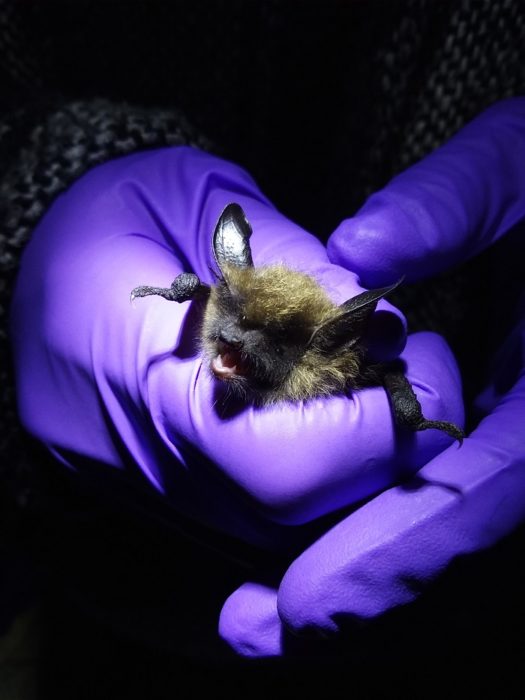
The League makes research findings available to the public. Grant recipients provide a final report that the League makes available on its website, www.SaveTheRedwoods.org.
Applications: Save the Redwoods League invites researchers to apply for grants, which are offered annually. Learn more about the research grants program and other League-supported studies.
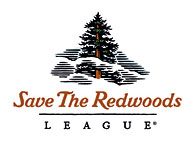
Save the Redwoods League, one of the nation’s oldest conservation organizations, is connecting generations of visitors with their peace and beauty. With more than 24,000 supporters, the League has protected more than 200,000 acres of irreplaceable forest and helped create 66 redwood parks and reserves. For more information, visit SaveTheRedwoods.org.
Tags: 2019, Press Release, research grant programs, Research Grants
